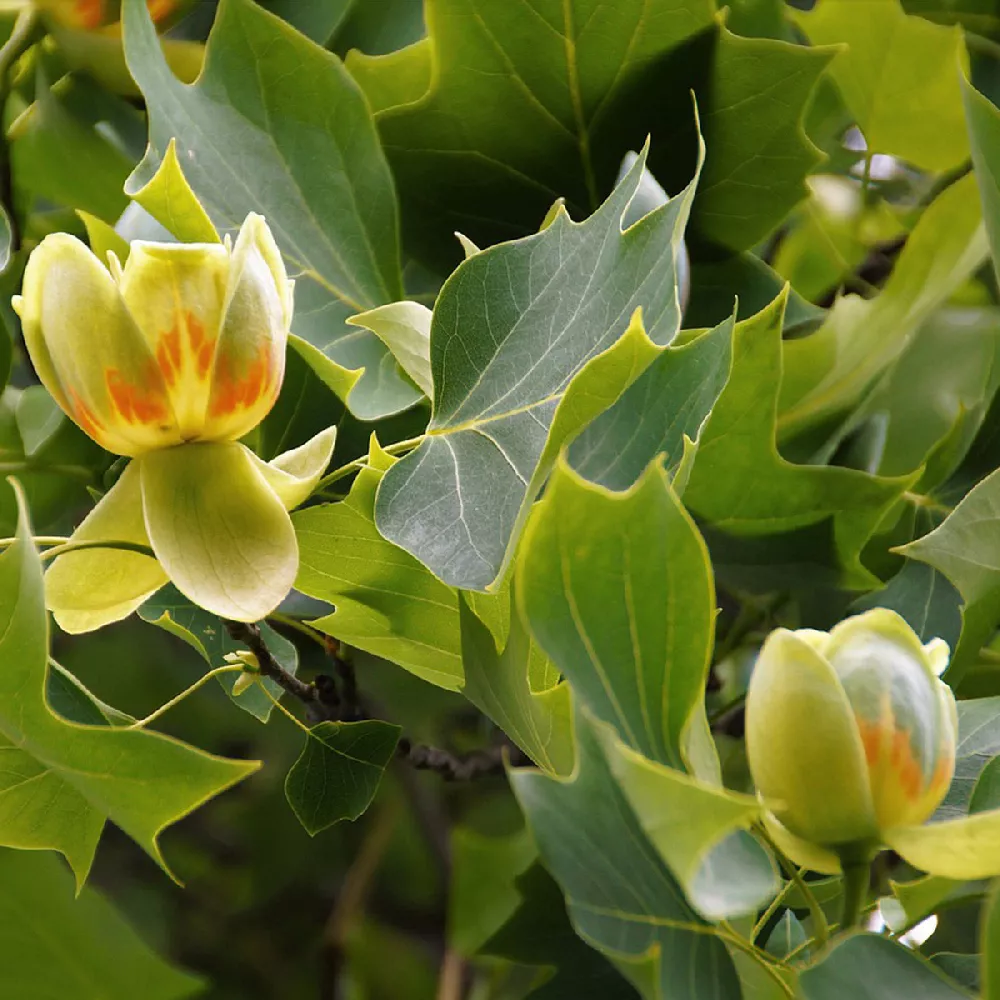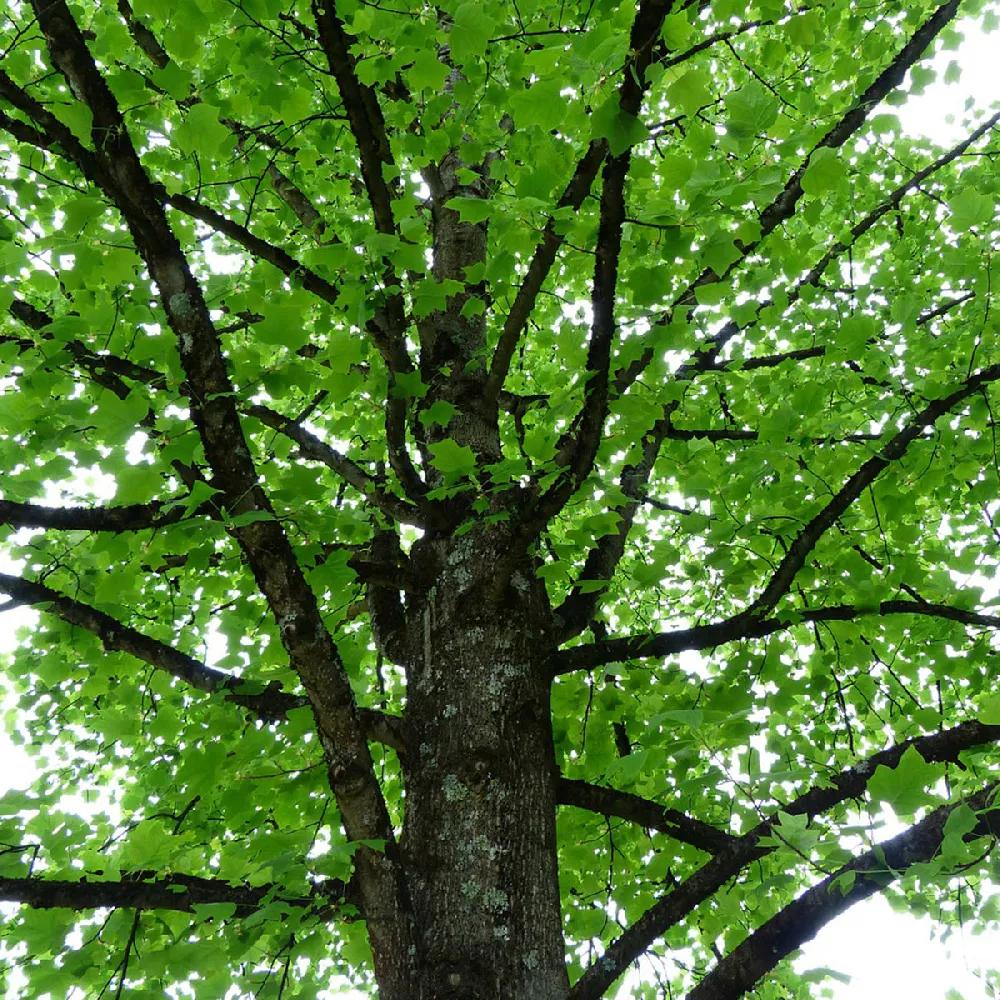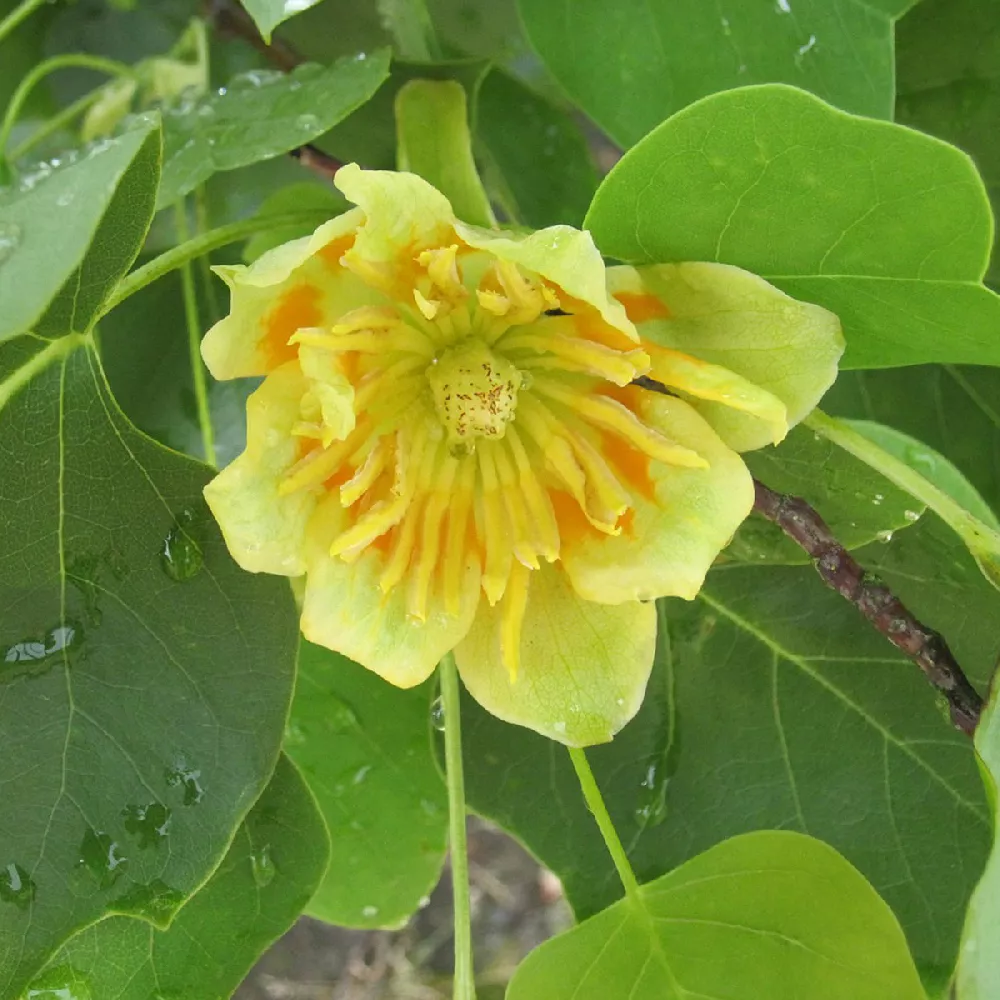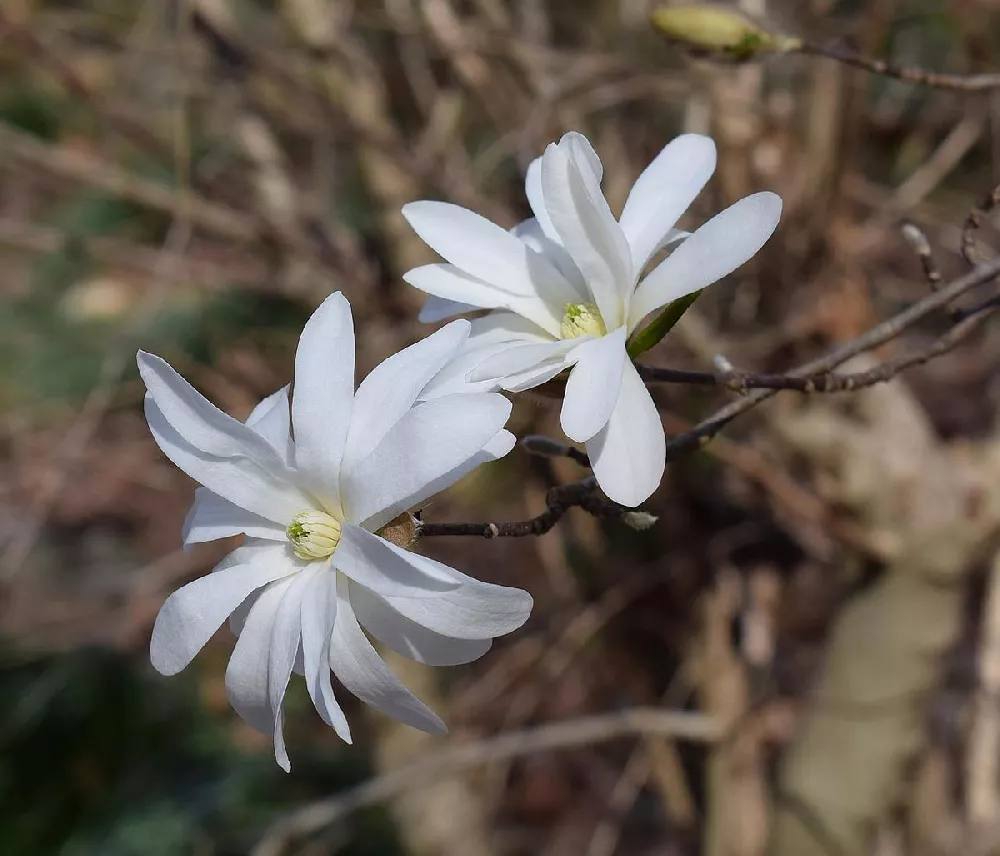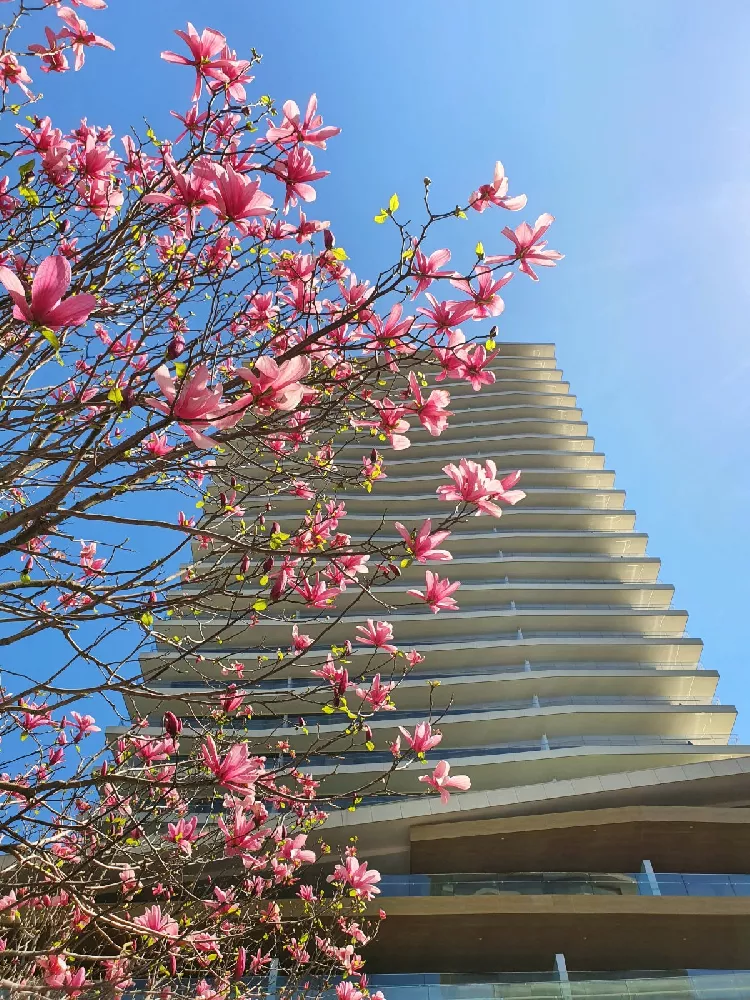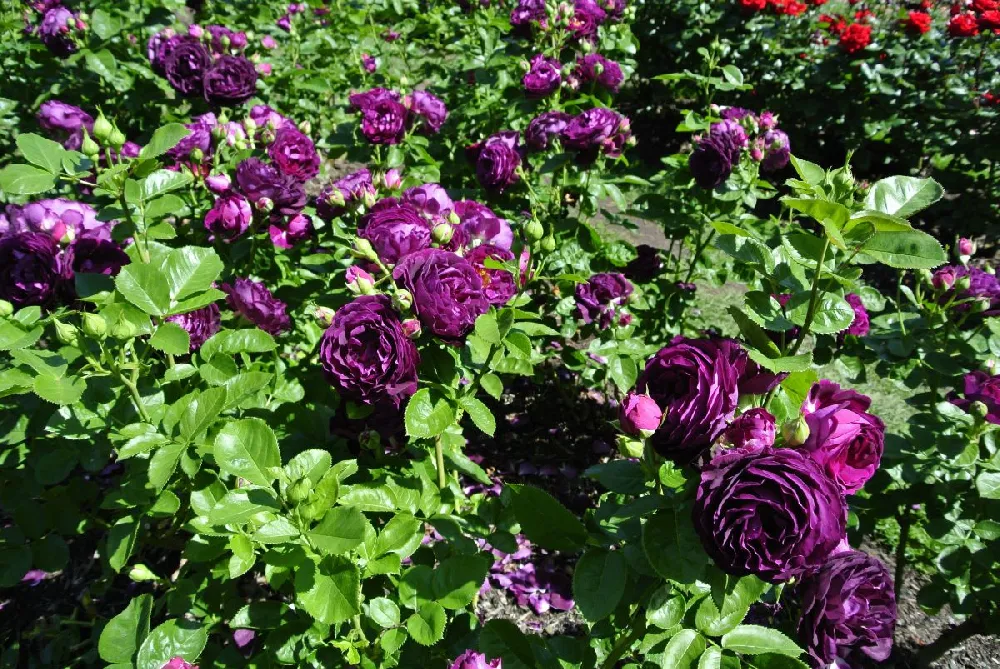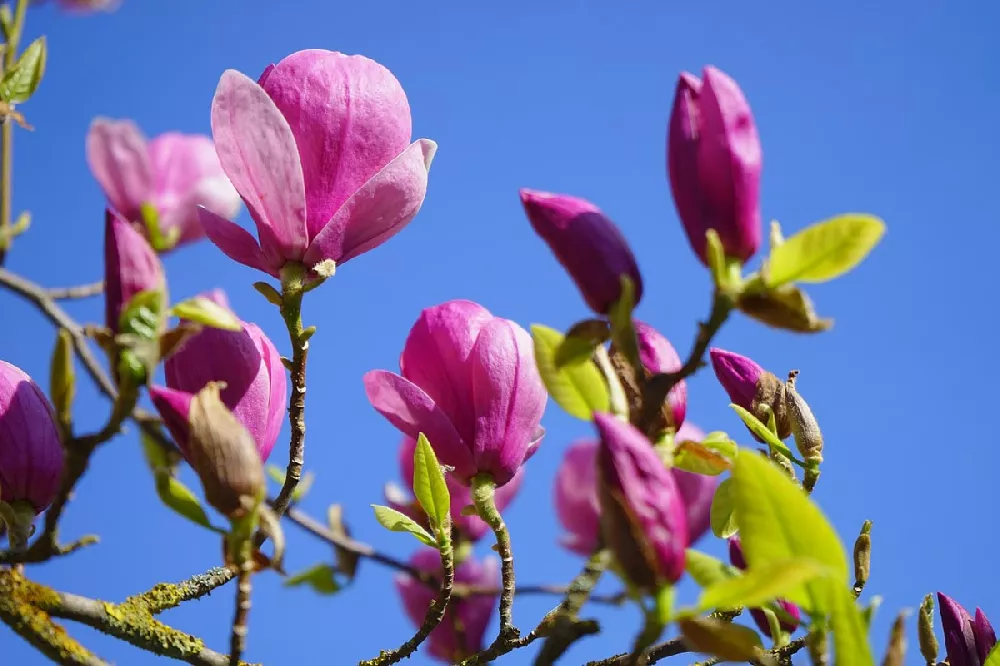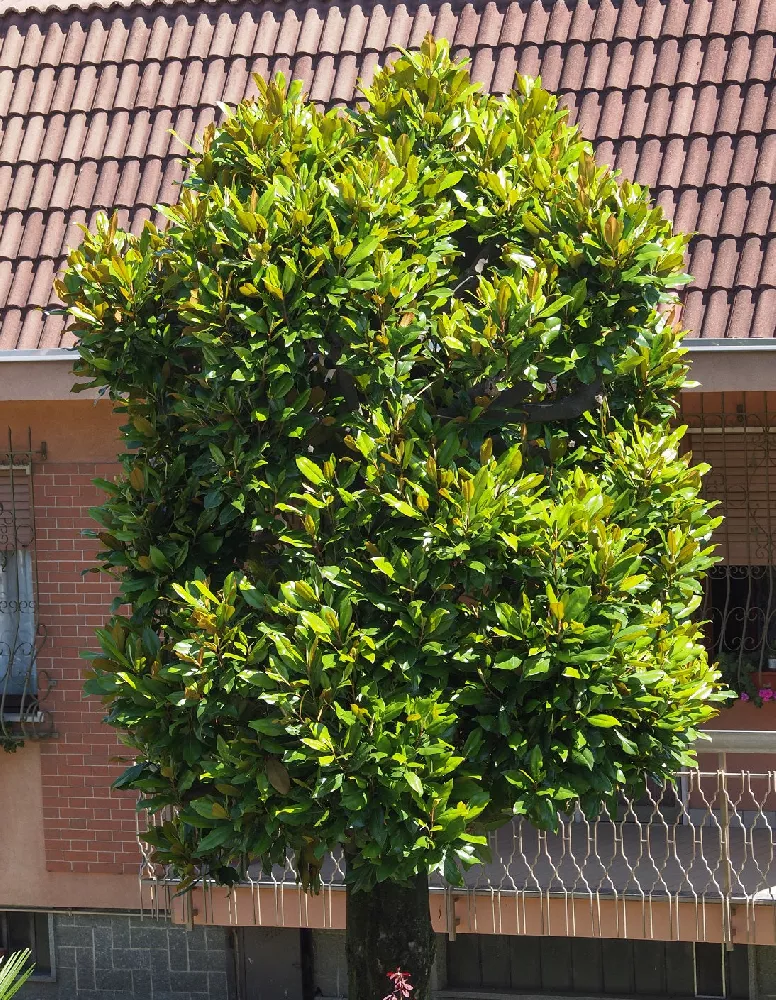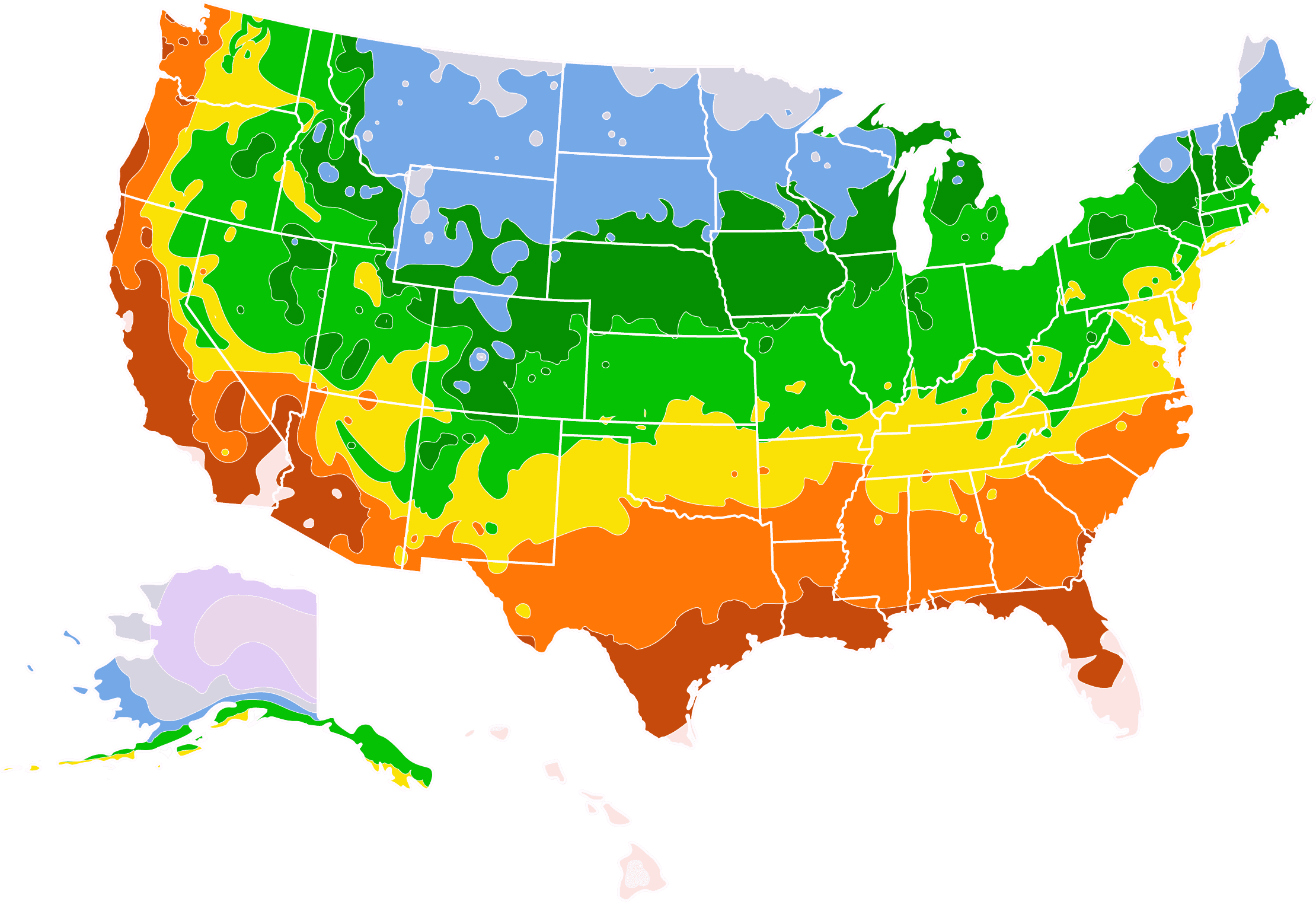- Home >
- Flowers >
- Plants and Trees with Green Flowers >
- Tulip Poplar
Tulip Poplar for Sale - Buying & Growing Guide
- Ships in 1-2 days
- 1-Year Warranty Eligible
- Pots or accessories are not included unless specified in the product options.
Shipping Details:
Once your order is shipped, you’ll receive an email with a tracking number and estimated delivery date. Most orders ship immediately, but some items are seasonal and may only ship in spring or fall. These products are noted on the website.
The tulip poplar tree (Liriodendron tulipifera) is known for its golden-yellow flowers and lumber. Despite its common name, the tulip poplar is more closely related to a magnolia, rather than a poplar or a tulip. It is the state tree of Kentucky, Indiana, and Tennessee, and can be found in cove forests along the Appalachian trail.
- Due to its fast growth rate and consistently straight trunk, tulip poplar is often cultivated for lumber.
- Leaf shapes resemble the shape of a tulip flower, giving inspiration for this tree's common name.
- Also known as the American tulip tree, whitewood, and fiddletree.
Plant Care
Sunlight

Full sunlight is best, about six to eight hours. Occasionally, partial shade will work too.
Watering
Does not tolerate drought. Water weekly. Consider increasing watering frequency during summer.
Fertilizing

Add liquid fertilizer with equal amounts of nitrogen, phosphorus, and potassium three times per growing season.
Planting instructions
Tulip poplar trees prefer a planting location that receives four to eight hours of sunlight per day. They will perform best if they are given some afternoon shade. When you’ve found the perfect site, dig a hole to the depth of the root ball and at least twice as wide. Place your poplar in the hole. While keeping the tree upright and level, backfill the hole with dirt. Tamp down lightly and give the transplant a deep watering to finish the job.
Watering and nutrients
During warmer months, the tulip poplar tree can be watered once a week, or twice a week during drought. This can be decreased to once every three to four weeks in the winter. Adding mulch to the base of the tree can help retain moisture and ensure the tulip poplar is getting enough to drink. For nutrients, you may administer a 10-10-10 slow-release tablet during the growing season. It is best to perform this three times per year, once in spring, summer, and fall. Cease fertilizer applications before the tree enters dormancy.
Pruning
Due to its fast growth rate and large eventual size, frequent pruning is imperative. Pruning is best performed in late winter or early spring. Remove any dead, dying, or diseased branches to encourage the overall health of the tulip poplar tree. When pruning any tree, always sterilize your shears in between cuts to prevent the possible spread of infection. Remove competing leader branches to allow the tree to focus on a few main points of growth. Always make your cuts directly next to the branch collar.
Pests, diseases, and animals
The tulip poplar is susceptible to weevils and several fungal diseases. A common sign of the yellow poplar weevil is tiny rice grain-sized holes appearing on leaves that are chewed out by this insect. Insecticides can help prevent damages to your leaves, although you can first try removing the infected areas or applying horticultural oil. Cankers are a common fungal disease that creates lumps and growths on the tree. Remove infected portions of the tree immediately, and apply a fungicide if necessary.
FAQs
How big do tulip poplar trees grow?
Fully-grown tulip poplar trees can stand at heights of over 70 feet, with extreme examples reaching over 150 feet tall. They will usually grow to a width between 30 and 40 feet. The species features a fast growth rate and will put on a few feet of new growth each year. The trunks of these massive trees can grow to over five feet in diameter. Individuals planted in ideal conditions may have a lifespan of over 500 years, although most backyard-grown trees will not live this long.
How can tulip poplar trees be identified?
Tulip poplars are commonly found throughout the American South. The bark of the tree is brown and fragrant, while the interior wood is a cream white color. The buds that form over winter are dark red. The flowers bloom in May and have a greenish-yellow color. As the flowers open up, orangish colors are mixed into the pastel-yellow petals. The fruits are a small, light-brown cone. The leaves have a deep-green hue and feature four points with shallow indents.
What is tulip poplar wood used for?
The tulip poplar tree is commonly used for its lumber predominantly in North America. It is a fast-growing tree, making it highly sought out for the lumber industry. Plus, its wood is excellent hardwood for furniture, cabinets, doors, and other household items. It is mainly harvested from the southeastern Appalachians, but it is also grown around the rest of the country. Historically, shipbuilders used the straight trunks of this species to serve as ship masts. In the past, people also harvested the bark of the tulip poplar for use in basket making, arrow quivers, and other useful tools.
What does tulip poplar honey taste like?
The tulip poplar produces abundant nectar in its flowers that encourage bees and other pollinators to visit. Some estimates report that a 20-foot tree can produce over five pounds of nectar. Other insects also play a part in the tree's pollination; however, they do not produce rich honey the way bees can. Tulip poplar honey is a sought out product available where the trees provide their nectar. It is a strong, dark honey that reflects the tulip poplar’s nectar. Some describe it as having a smoky flavor.
Compare Similar Products
Customer Reviews
 Poplar
PoplarIt was great What's there to say it's a tree in its prime
